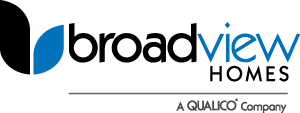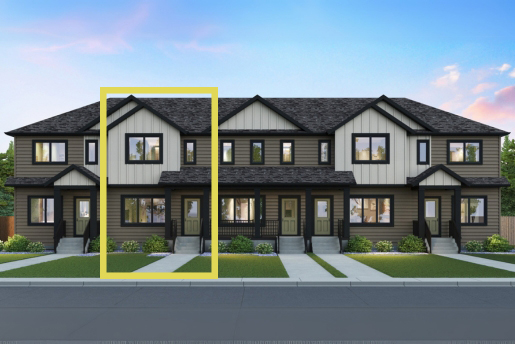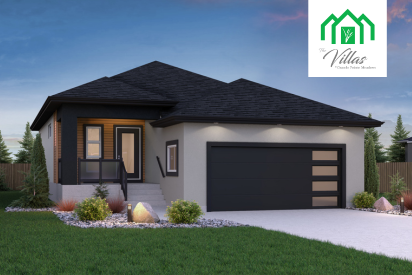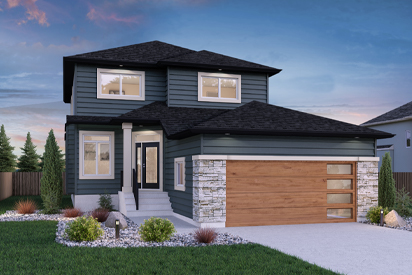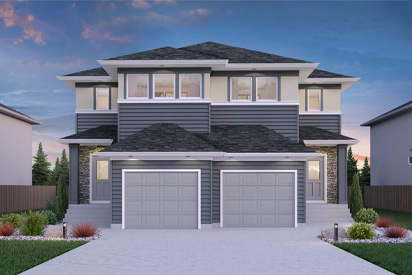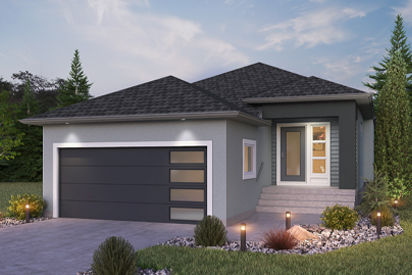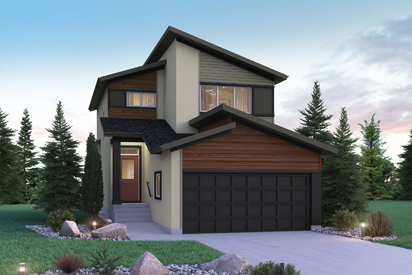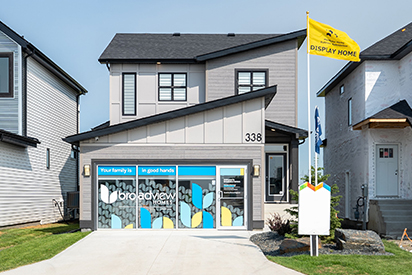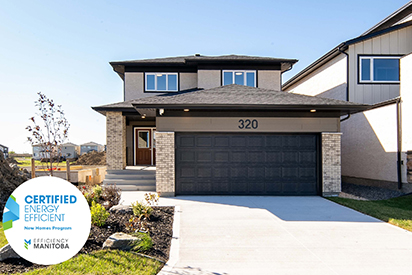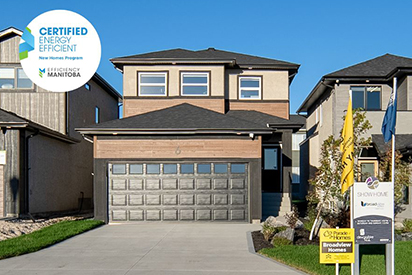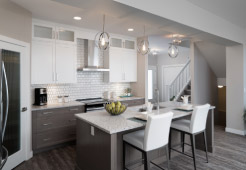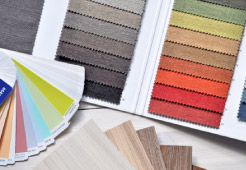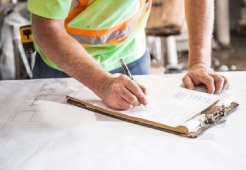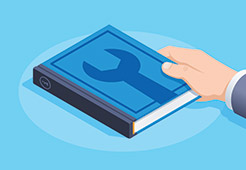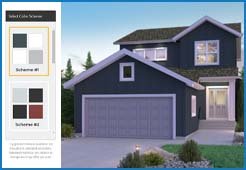New to Canada? What to Learn About Down Payments
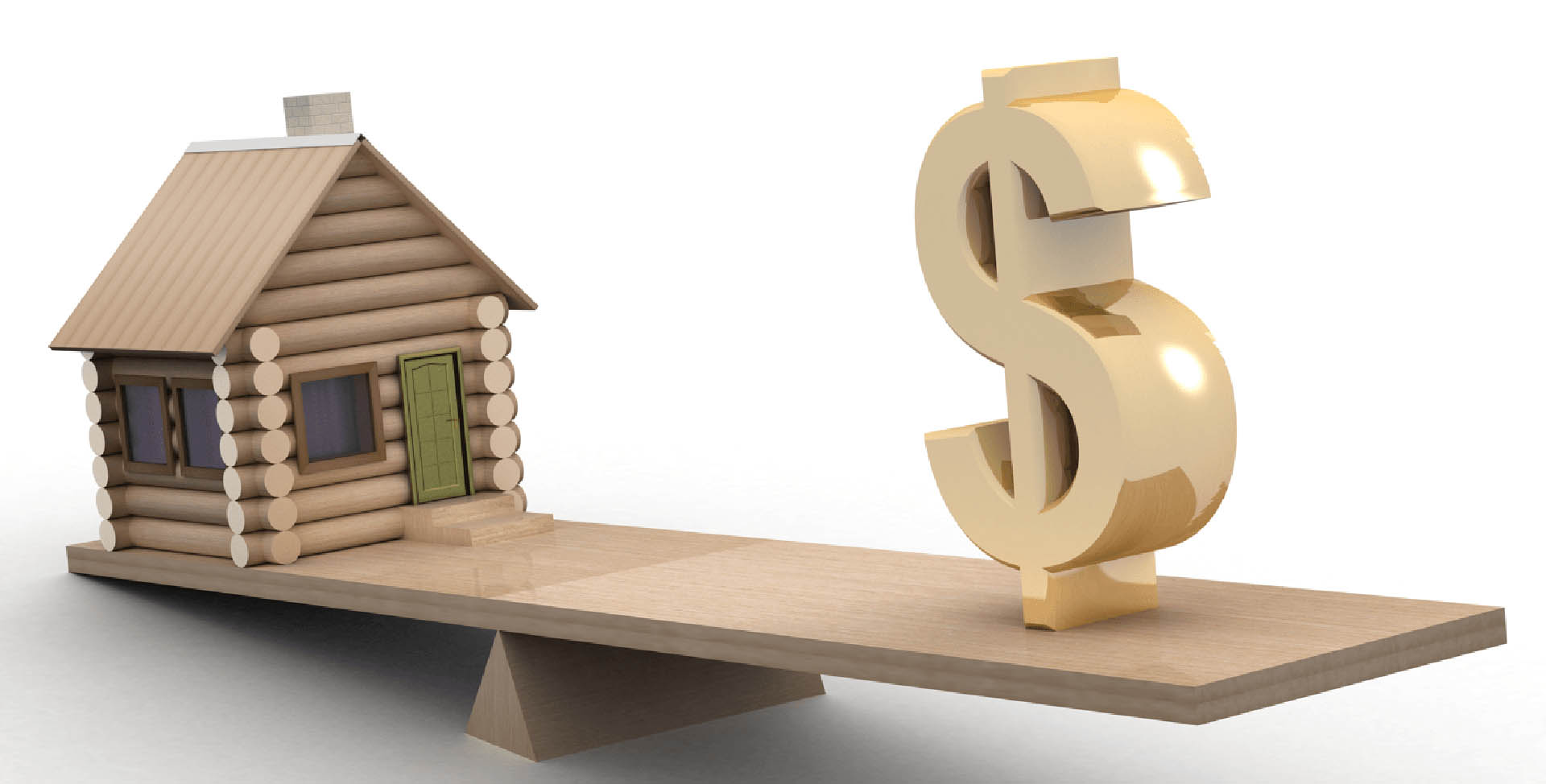
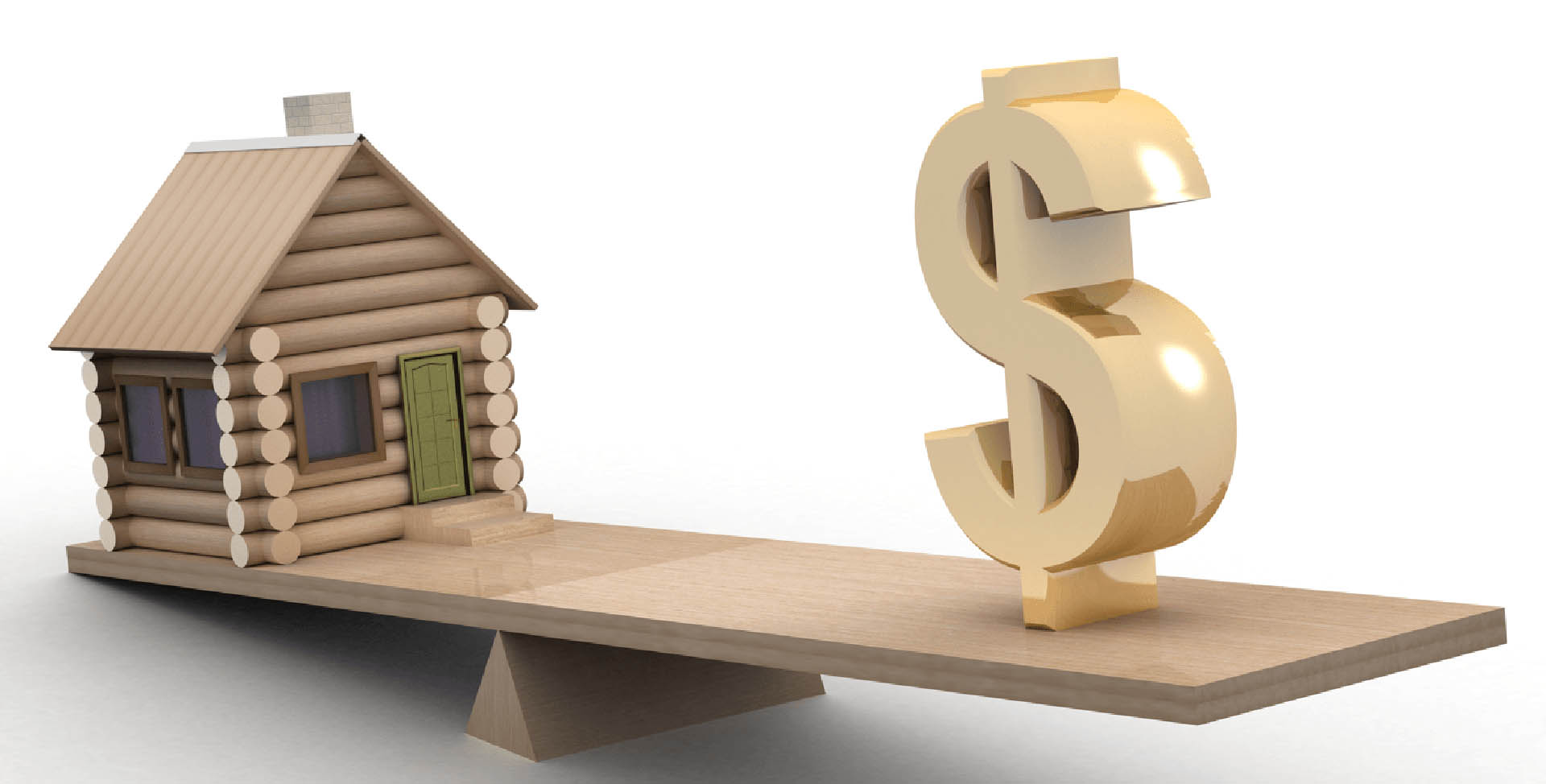 Starting life in a new country can feel overwhelming. Fortunately, there are people who can help you get set up with the things that you need.
Starting life in a new country can feel overwhelming. Fortunately, there are people who can help you get set up with the things that you need.
If you’ve been thinking about buying a home, you’ll be happy to know that Canada doesn’t restrict recent immigrants from purchasing homes. However, you may have a lot to learn about the home buying process in Canada. Start by taking a deeper look at what a down payment is and what it means for your dream of owning a new home.
All About Your Down Payment
The down payment is a lump sum payment that you must make when you purchase a home. Canadian law requires you to pay at least five percent of the cost of the home as a down payment. On a $350,000 home, for instance, five percent is $17,500. In this case, you would pay $17,500 towards the home, and you would take out a mortgage for the $332,500 remainder.
 Many people, however choose to put more than five percent down. When you make a larger down payment, you take out a mortgage for less money, so your monthly mortgage payment is lower. Additionally, those who have a down payment that’s less than 20 percent have to pay for mortgage insurance. This extra payment protects the bank if you can't pay back your loan, but the added expense can make a home’s monthly payment less attractive.
Many people, however choose to put more than five percent down. When you make a larger down payment, you take out a mortgage for less money, so your monthly mortgage payment is lower. Additionally, those who have a down payment that’s less than 20 percent have to pay for mortgage insurance. This extra payment protects the bank if you can't pay back your loan, but the added expense can make a home’s monthly payment less attractive.
Where Does the Money for a Down Payment Come From?
In general, a down payment has to come from the homebuyer’s savings. Canadian citizens are sometimes able to borrow money from their Registered Retirement Savings Plan (RRSP), but that’s an option that’s not available to newcomers. Those who already own a home typically use the equity they’ve built up in that home toward the next home, but that’s also not always an option for those who have just come to Canada.
Sometimes, people wish to borrow money from a relative. The bank will allow you to use a large gift of cash from a relative, but they will have to submit a statement that the money was a gift, not a loan.
If you don’t already have enough savings to make your down payment, you’ll have to set up a savings plan. Take a look at the types of homes you’d like to buy to get a sense of how much money you’ll need. Some families choose to start with a smaller, more affordable home. The money you pay each month on a home like that goes into equity. After several years, you can sell that home and use the equity as a down payment on a home that better meets your needs.
Helpful down payment tips can give you a better idea of how to start saving!
Your Down Payment and Qualifying for a Mortgage
Having a down payment is part of the process of qualifying for your mortgage. Once you can show that you have a sizeable down payment in your savings account, the bank can look at your credit score and job history. Ideally, banks want to see that you have good credit and that you’ve been employed for at least two years.
This sometimes creates problems for immigrants who haven’t been living in Canada very long. While you may have a long work history in your home country, you might not have history with a Canadian company. You might have good credit in your home country but haven’t lived in Canada long enough to develop a solid credit history.
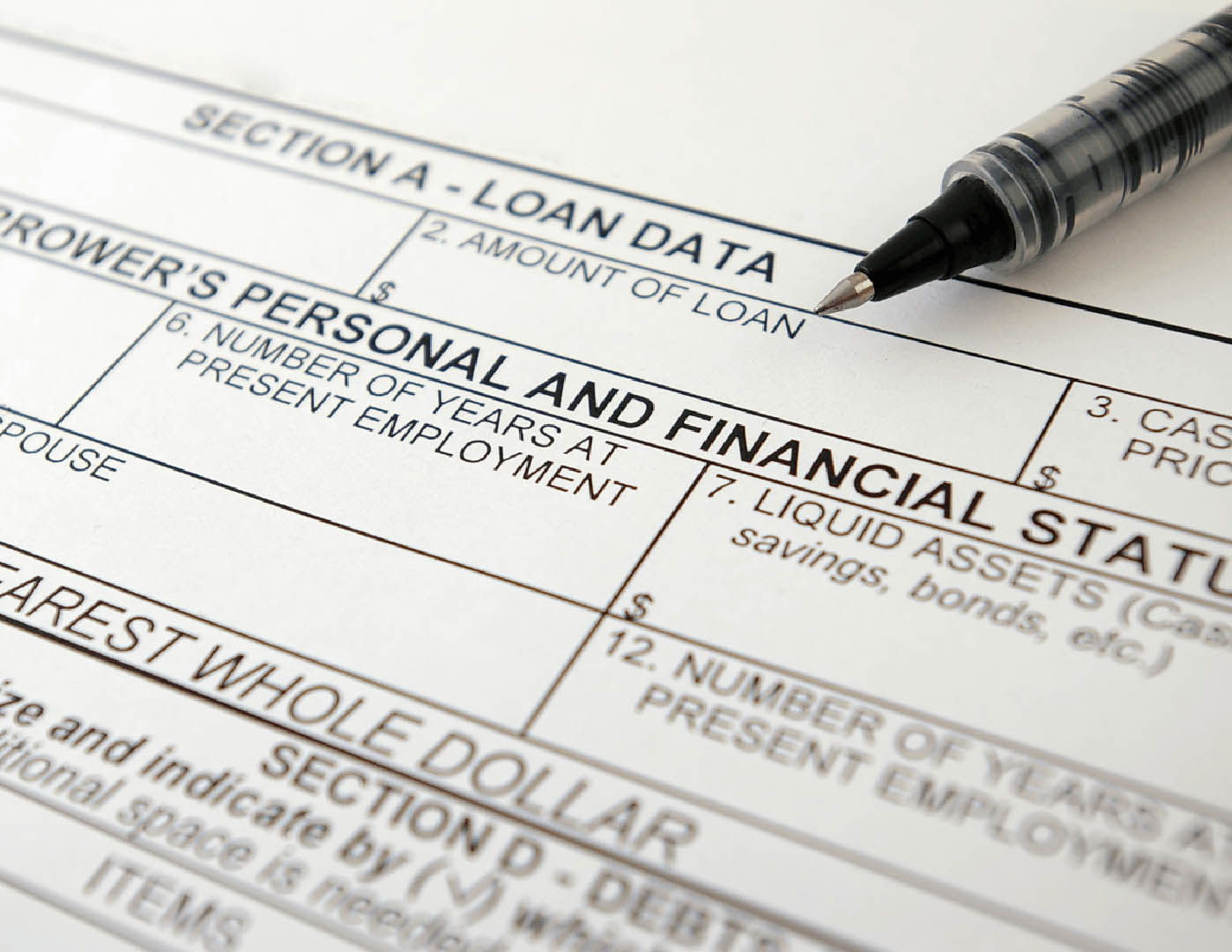 Most banks are comfortable dealing with these challenges, and it may not hold you back from getting a mortgage. For instance, if you’ve come to Canada based on a work transfer, the bank can see you’ve worked for that company for a long time. If your new job in Canada is in the same field as your previous job in your home country, it looks better. However, some banks will require a higher down payment – up to 35 percent – to compensate for these items.
Most banks are comfortable dealing with these challenges, and it may not hold you back from getting a mortgage. For instance, if you’ve come to Canada based on a work transfer, the bank can see you’ve worked for that company for a long time. If your new job in Canada is in the same field as your previous job in your home country, it looks better. However, some banks will require a higher down payment – up to 35 percent – to compensate for these items.
Additional Funds You Will Need
As you plan your home purchase, it’s important to note that the down payment isn’t the only lump sum payment you’ll need at the time you purchase your home. You’ll also need to cover the closing costs, which are various legal and administrative fees you must pay. In general, this amount could be around five percent of the cost of the home. Your mortgage lender can give you a more accurate estimate of what your closing costs will be. Don’t forget to plan for this amount, though.
Buying a home in Canada is a fairly straightforward process. If you’re looking to buy a brand-new home, a good Sales Agent can help guide you toward the right lender to learn more about the process.
For further guidance, take a look at our previous posts:
